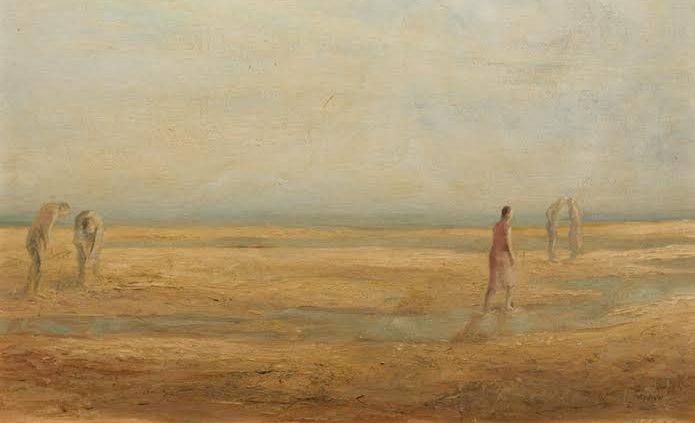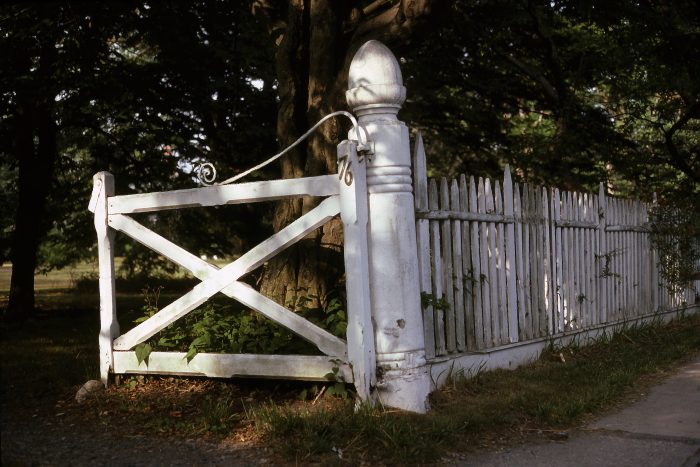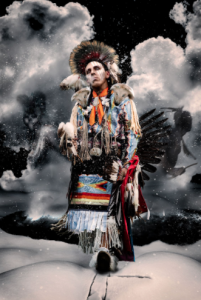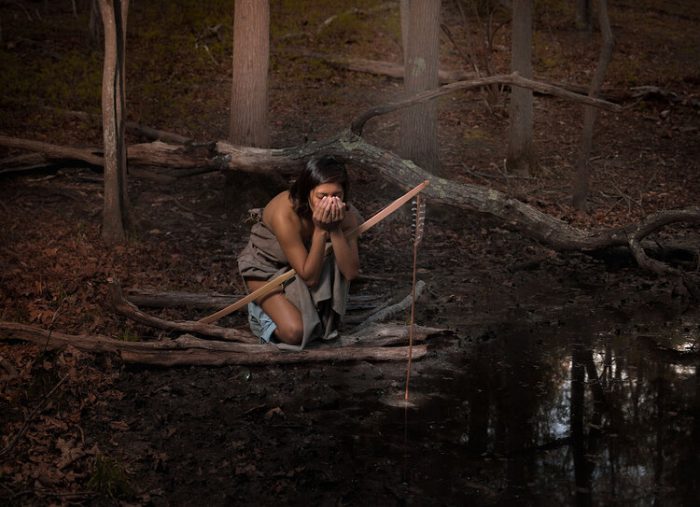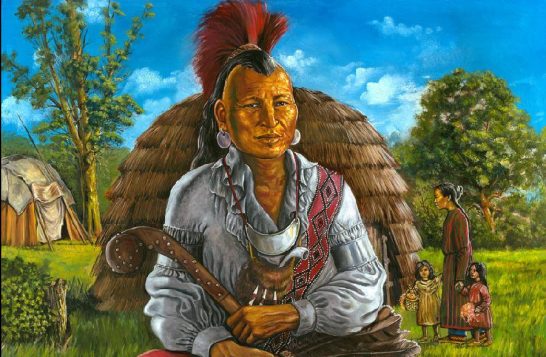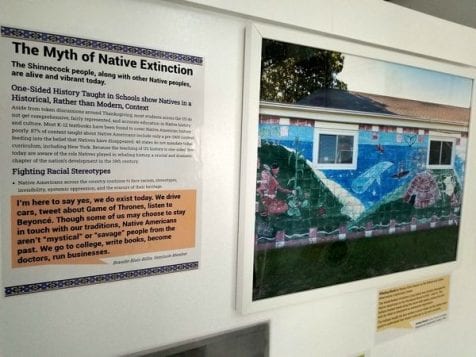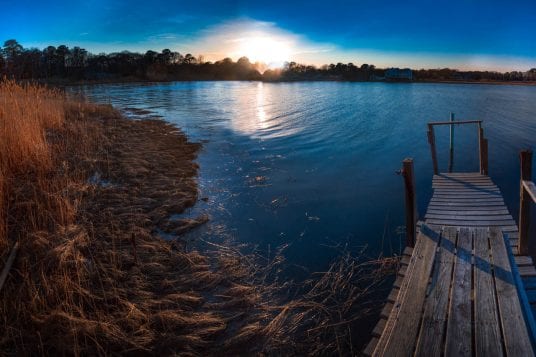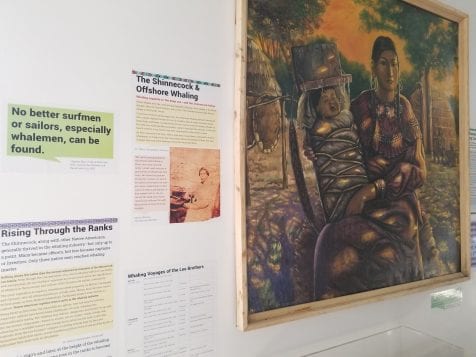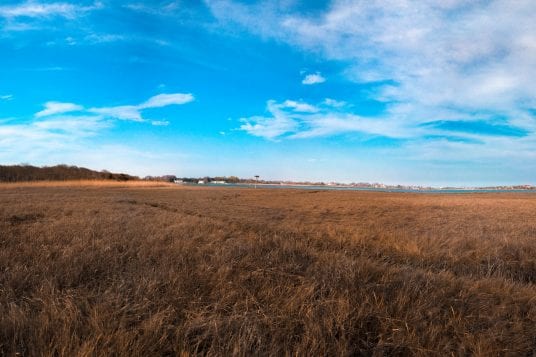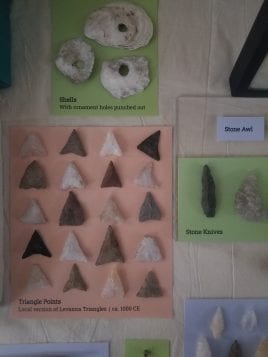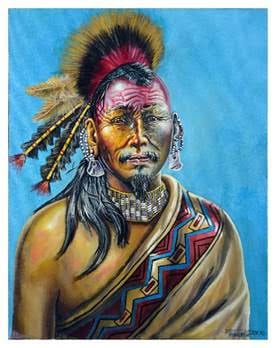The Heckscher Museum of Art in Huntington will host a virtual panel on Environmental Justice on Long Island on Tuesday, April 5 at 5:30 pm.
The panel is presented in coordination with Richard Mayhew: Reinventing Landscape now on view at The Heckscher Museum of Art. Mayhew’s luminous landscapes address the historic and spiritual connections between Native Americans, African Americans, and the land.
The panel features Dr. Mark Chambers, Professor of Africana Studies at Stony Brook University, and Jeremy Dennis, a contemporary fine art photographer, tribal member of the Shinnecock Indian Nation, and founder of Ma’s House, and is moderated by Justyce Bennett, Curatorial Assistant at the Heckscher Museum of Art. They will discuss the environmental justice movement to address how environmental hazards impact communities of color disproportionately.
Jeremy Dennis is a fine art photographer and a tribal member of the Shinnecock Indian Nation. His photography explores Indigenous identity, cultural assimilation, and the ancestral traditional practices of the Shinnecock Indian Nation. His work is included in the collections of The Heckscher Museum of Art, The Hudson River Museum, the New York State Museum, and others.
Dr. Mark Chambers is a professor in the Africana Studies department at Stony Brook University. His interests include environmental and technological contacts between Indigenous peoples and free and enslaved miners in North America. His recent book, Gray Gold: Lead Mining and Its Impact on the Natural and Cultural Environment, 1720 to 1840, is a cultural history of lead mining in the region that became the state of Missouri.
Justyce Bennett is the Curatorial Assistant at The Heckscher Museum of Art. She completed her master’s degree at the Winterthur Program for American Material Culture at the University of Delaware. She is interested in Black feminist art history and wrote her master’s thesis on the landscape and historic preservation efforts on St. Croix, United States Virgin Islands.
The event is free to the public, with registration at Heckscher.org/mayhewpanel

